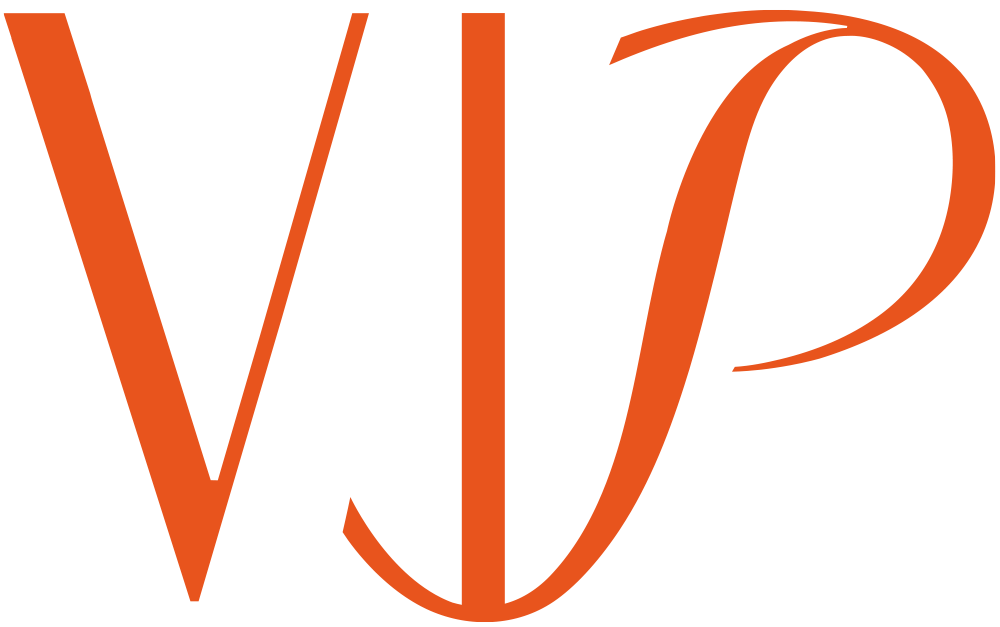[2003.03] Holistic Correction of Nasal Function and Form
Date: March 2003
Conference: 21st Meeting of the Korean Academy of Aesthetic Plastic Surgery (Shilla Hotel)
Title: Functional Rhinoplasty
Presenter: Dr. Myung Ju Lee
Background
Beyond its prominent role in facial aesthetics, the nose also serves a vital respiratory function, enabling air intake and exhalation. Traditionally, rhinoplasty has focused on external appearance, often overlooking internal issues such as nasal obstruction. Yet structural deformities in the nose—when addressed via cartilage grafting or septal correction—can simultaneously improve both appearance and function. An ideal rhinoplasty should therefore restore proper anatomy to correct external shape and internal function together.
Methods and Materials
Nasal function depends on four key anatomical components:
- External Nasal Valve
- Internal Nasal Valve
- Septum
- Turbinates
Deformities can arise from trauma, multiple previous surgeries, or congenital abnormalities. A functional approach involves identifying and correcting the specific structural issues:
- External Valve Collapse: Reinforced with a lateral crural strut graft or batten graft
- Internal Valve Collapse: Addressed with a spreader graft
- Septal Deviation: Corrected with septoplasty
- Turbinate Hypertrophy: Managed with turbinectomy or a more conservative procedure if mild
Results
By restoring the anatomical defects responsible for nasal obstruction, both the nose’s external shape and airflow improved. In cases of severely enlarged turbinates, partial turbinectomy was selectively performed; mild hypertrophy was managed with techniques that widened the nasal passage.
Most secondary deformities and functional issues stemmed from prior surgeries or trauma. Additionally, in patients with a dorsal hump (hump nose), a deviated septum often coexisted, causing both external asymmetry and narrow internal airflow. Combining osteotomy with a spreader graft successfully resolved these functional and cosmetic concerns.
Conclusion
A functional, anatomically driven approach to rhinoplasty can simultaneously enhance nasal aesthetics and improve airway function. By precisely addressing each structural component—valves, septum, turbinates—surgeons can minimize the need for future revisions and provide holistic, long-lasting results.


















